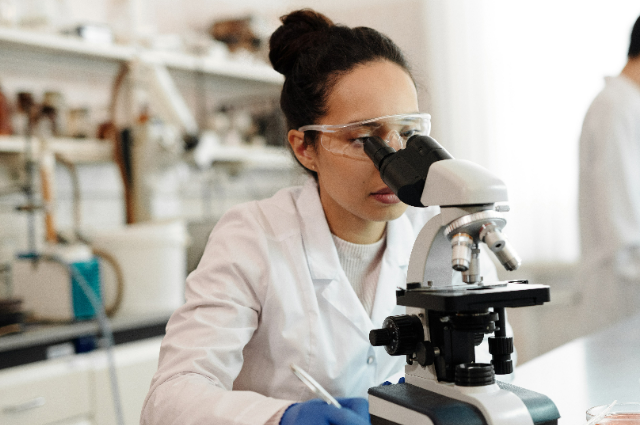
Photo by Edward Jenner: pexels
Two books - Lilavati's Daughters (2008) and Lab Hopping (2023) highlight the complicated relationship between science and gender in India.
Some notable women scientists of India- Anandibai Joshi (India's first woman physician), Iravati Karve (India's first woman anthropologist), Anna Mani (India's first woman meteorologist), Dr. N Kalaiselvi (currently head of CSIR), V R Lalithambika (leading the Gaganyaan Mission)
Recent data reports reveal that India has 16.6% of women researchers in Research and Development Activities.
Obstacles that hold back women:
- Deeply entrenched patriarchy.
- Institutional apathy.
- Poor working conditions.
- Cases of Sexual Harassment.
- Dual shift of labour.
- Familial and Social Expectations.
Result:
Dropouts from higher studies, forced resignation, and mental pressure.
Government has taken several corrective steps:
- Knowledge Involvement in Research Advancement through Nurturing (KIRAN) Scheme - to advance women in the field of science and technology. It provides career opportunities to those women who especially had a break in their career and also addressing relocation issues and provides support over a period of 2-5 years.
- Consolidation of University Research through Innovation and Excellence in Women Universities (CURIE) Programme.
- Indo-US Fellowship for Women in STEMM (Science, Technology, Engineering, Mathematics, and Medicine) encouraging women to undertake international collaborative research.
- Biotechnology Career Advancement and Re-Orientation Programme (BioCARe) of the Department of Biotechnology.
- Vigyan Jyoti Scheme - encourages students of Class IX and XII to pursue education and a career in S&T.
- Women entrepreneurship has been encouraged under Start-Up India-Stand Up India.
India will actually both economic and spiritual growth only when the females of the country are also levelled equally and the true beginning of 'AMRIT Kaal'.
. . .
Reference:
- insightsindia.com
